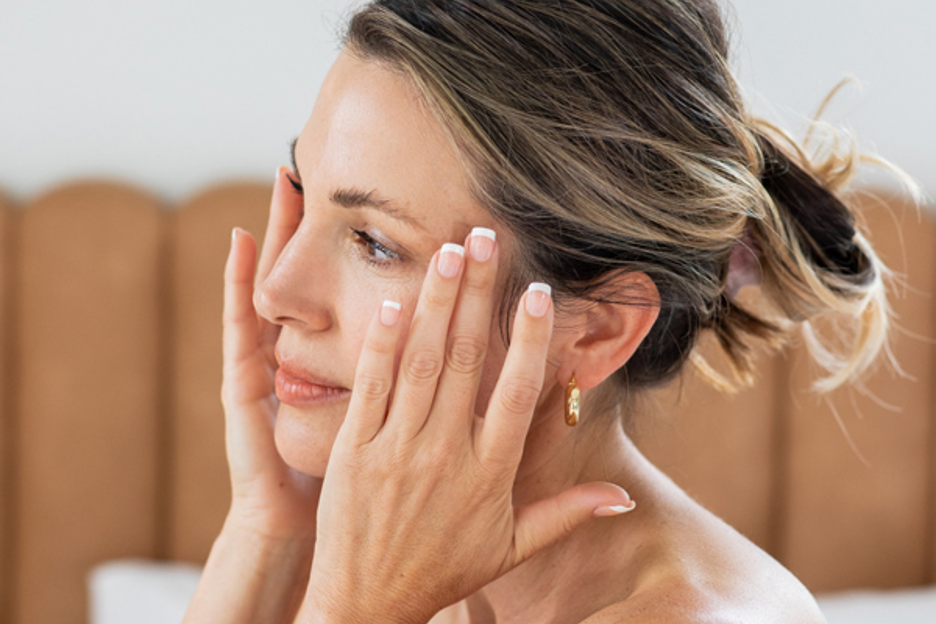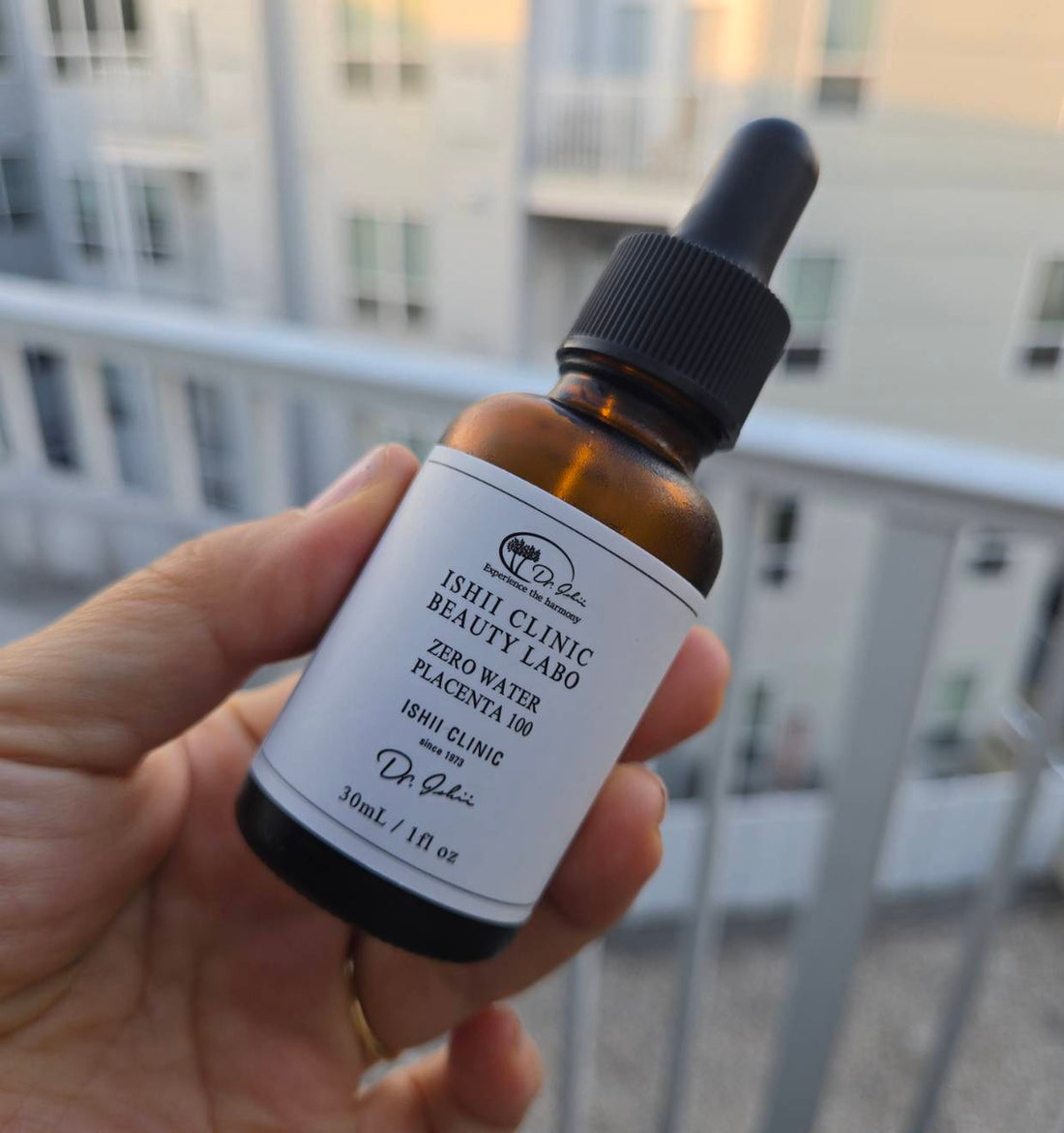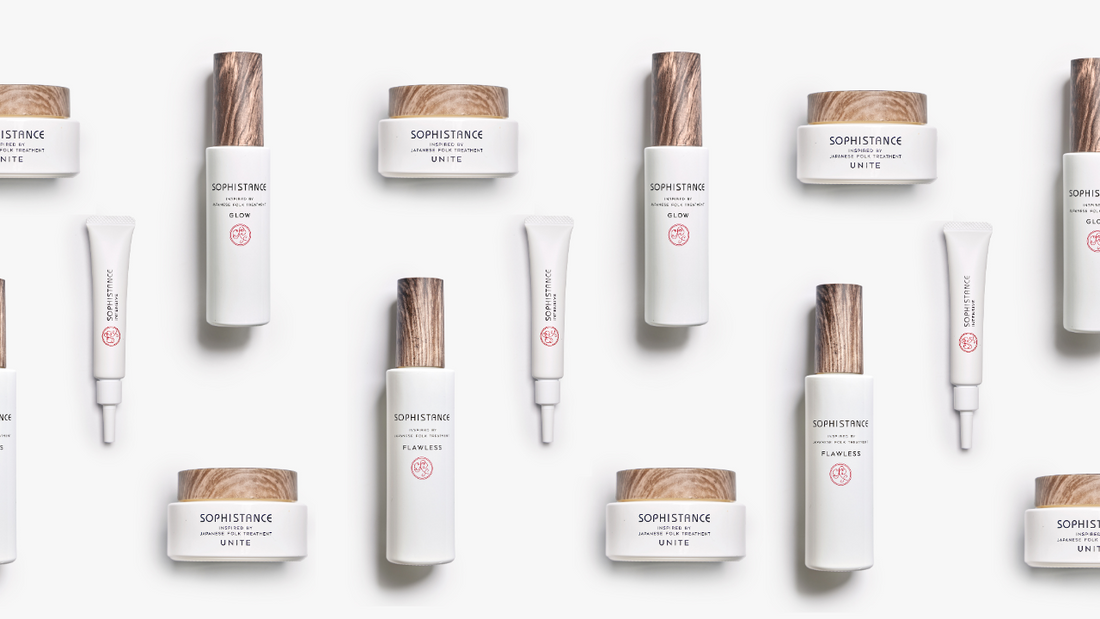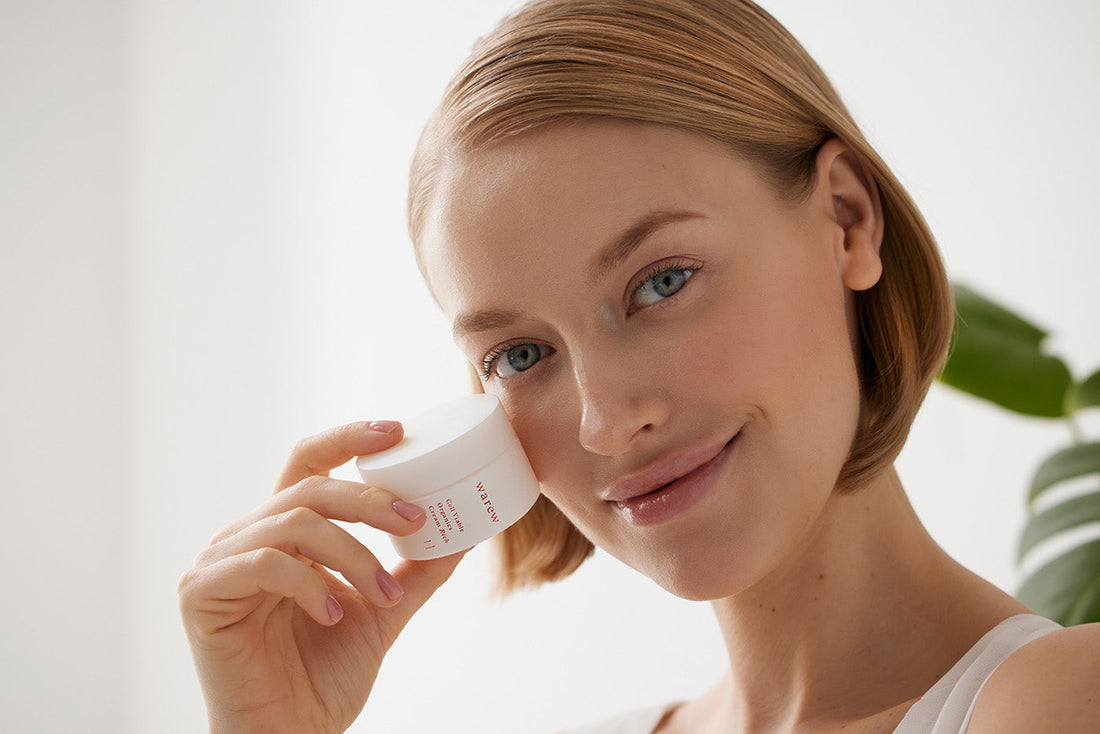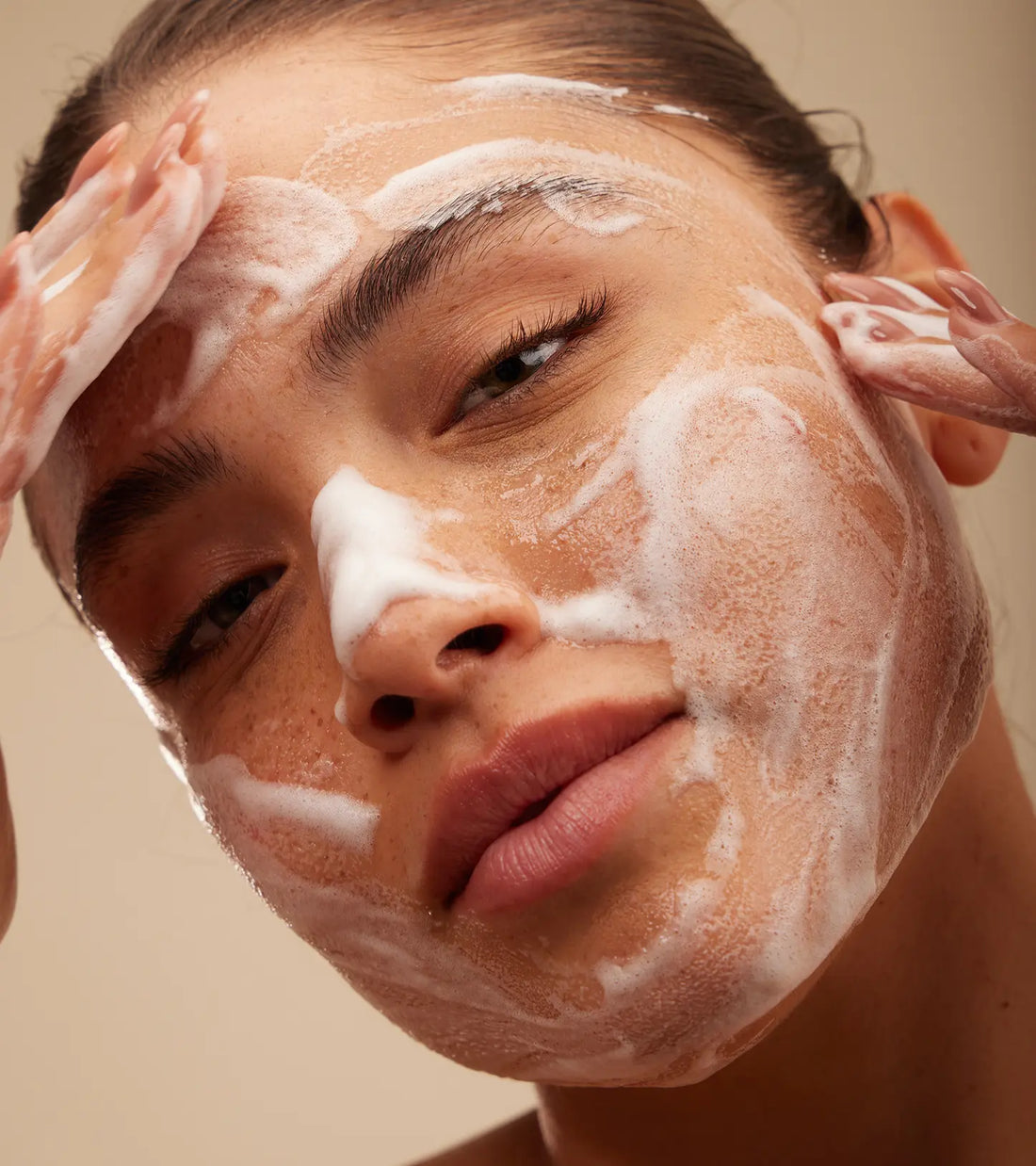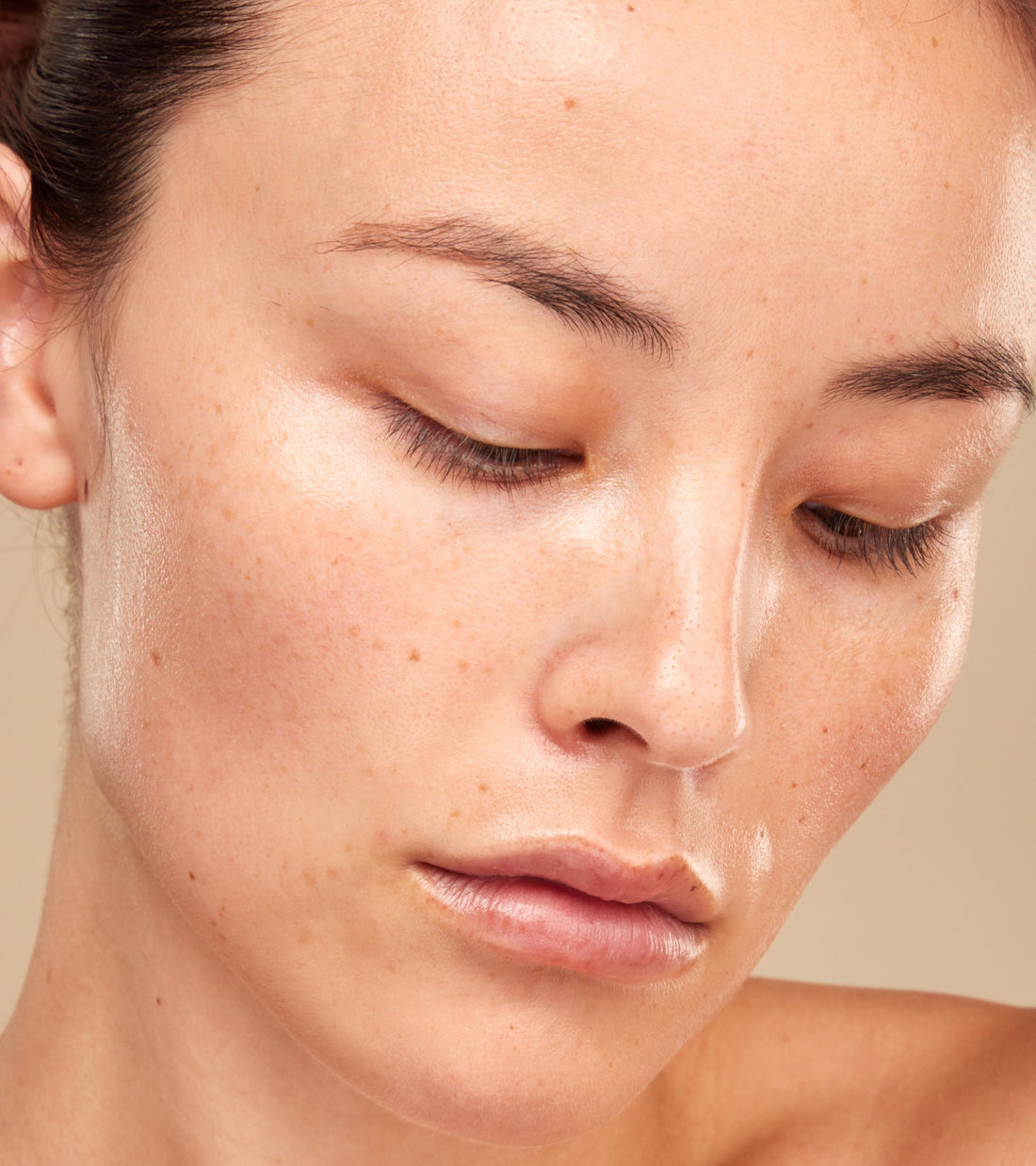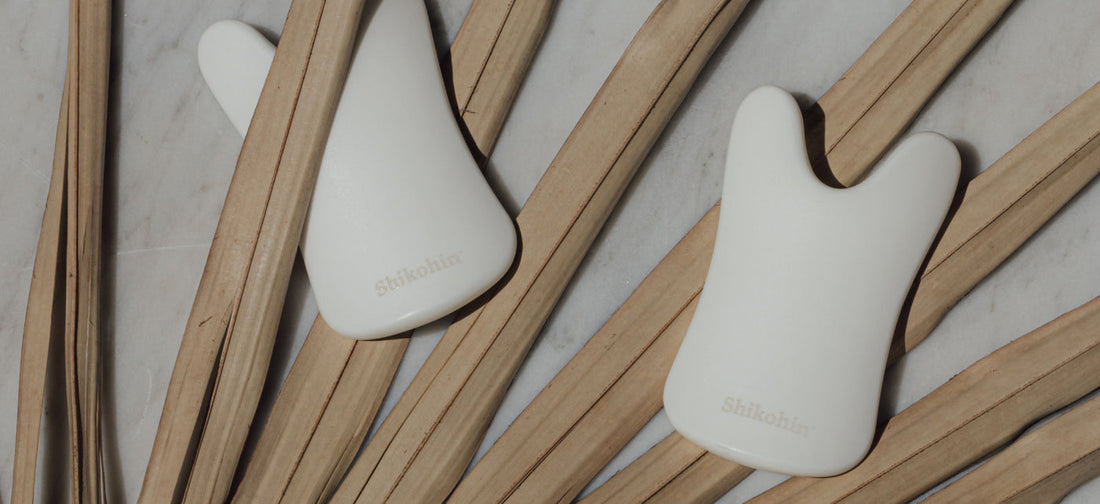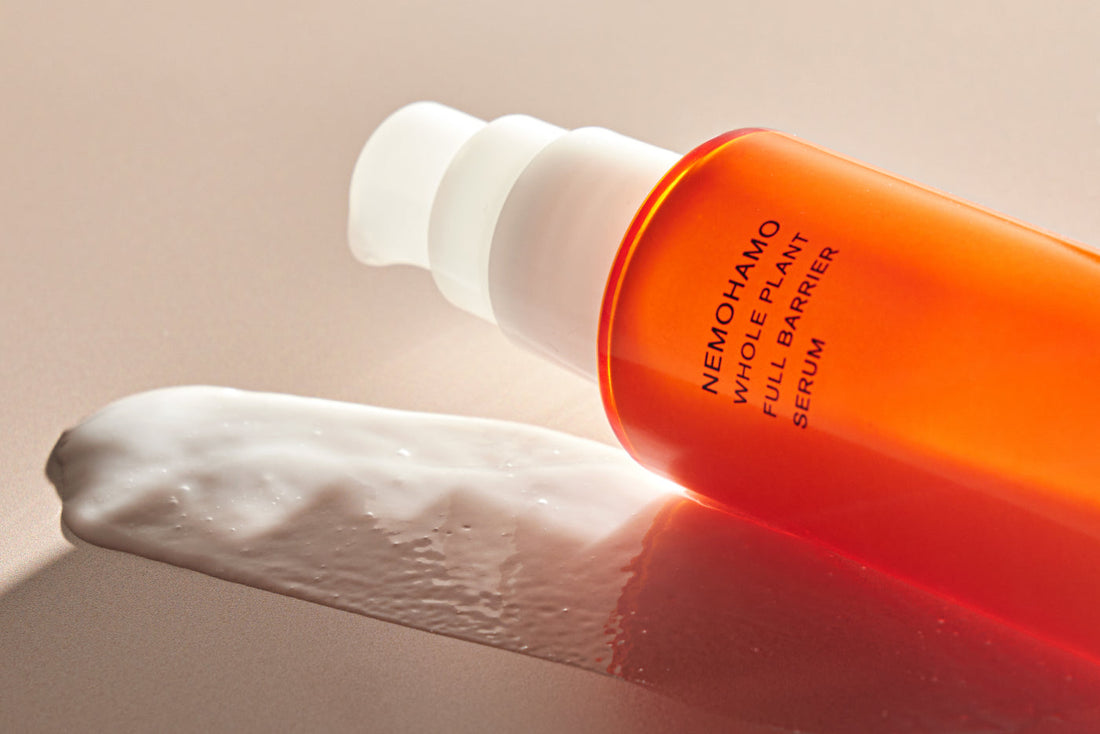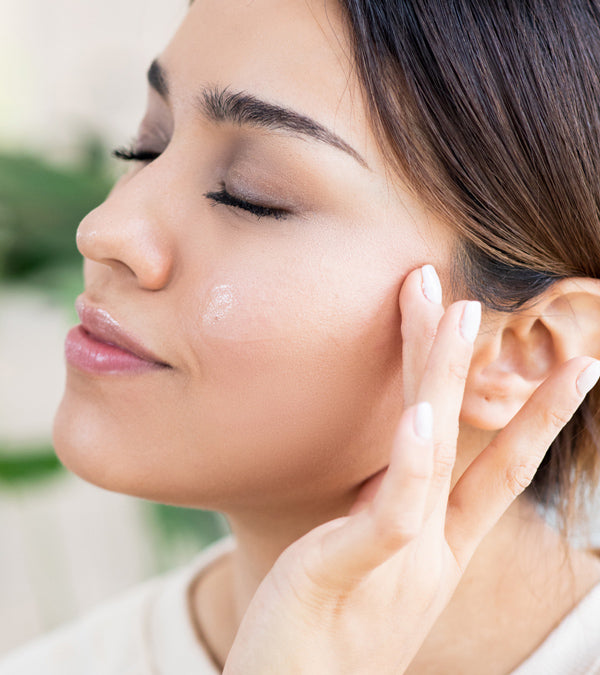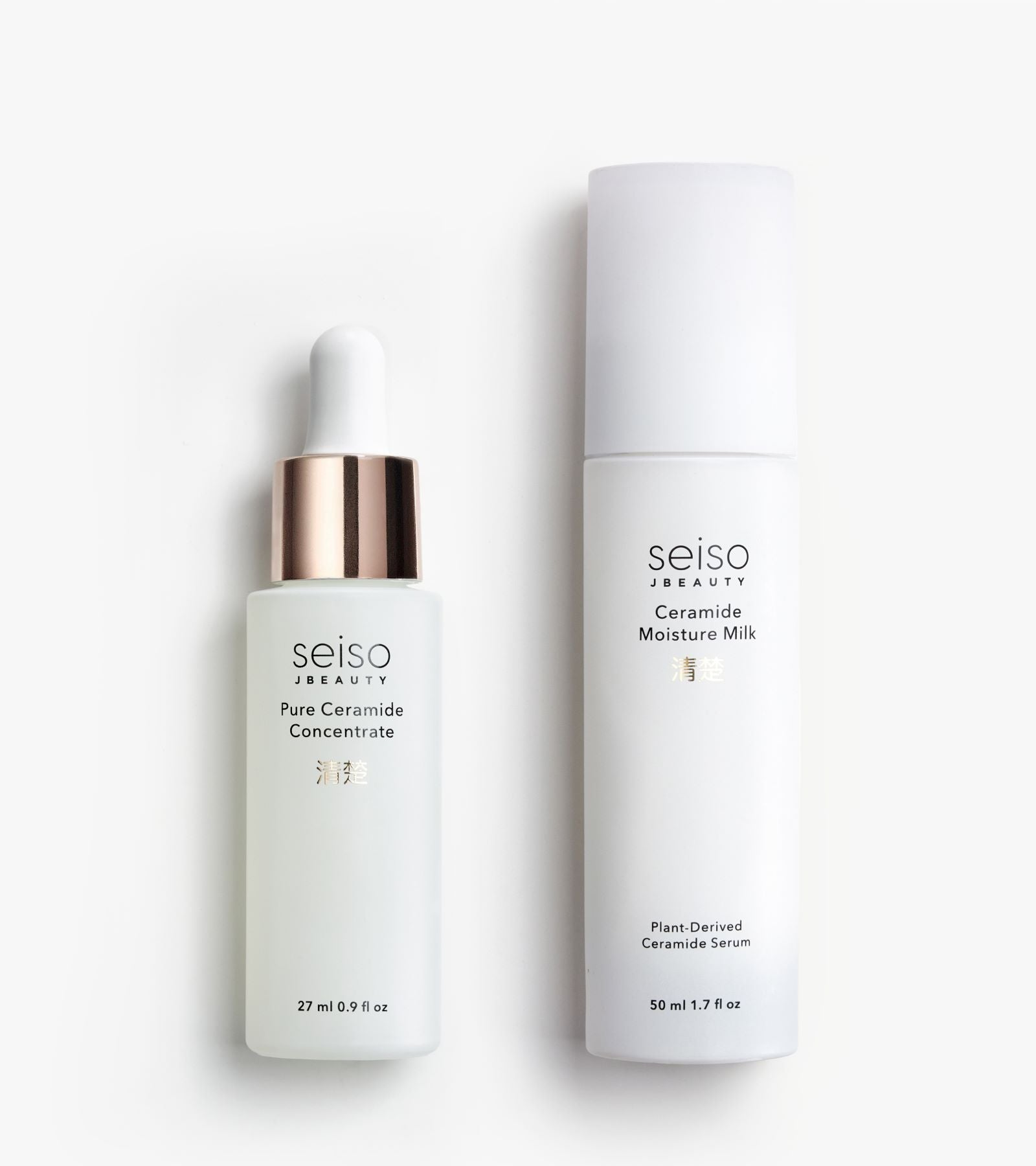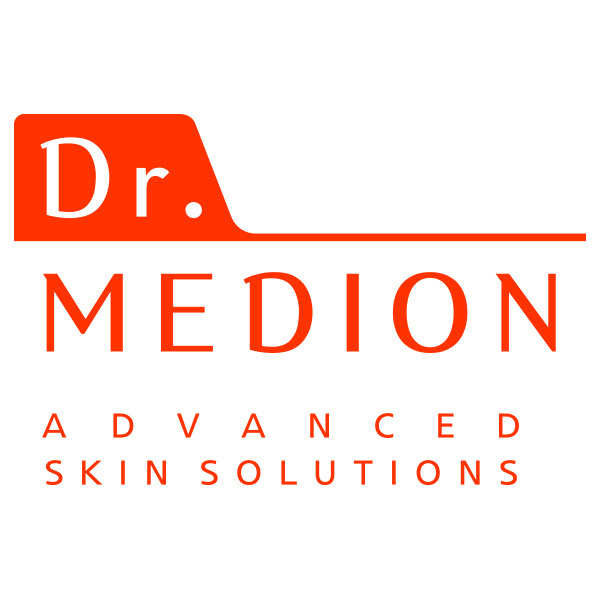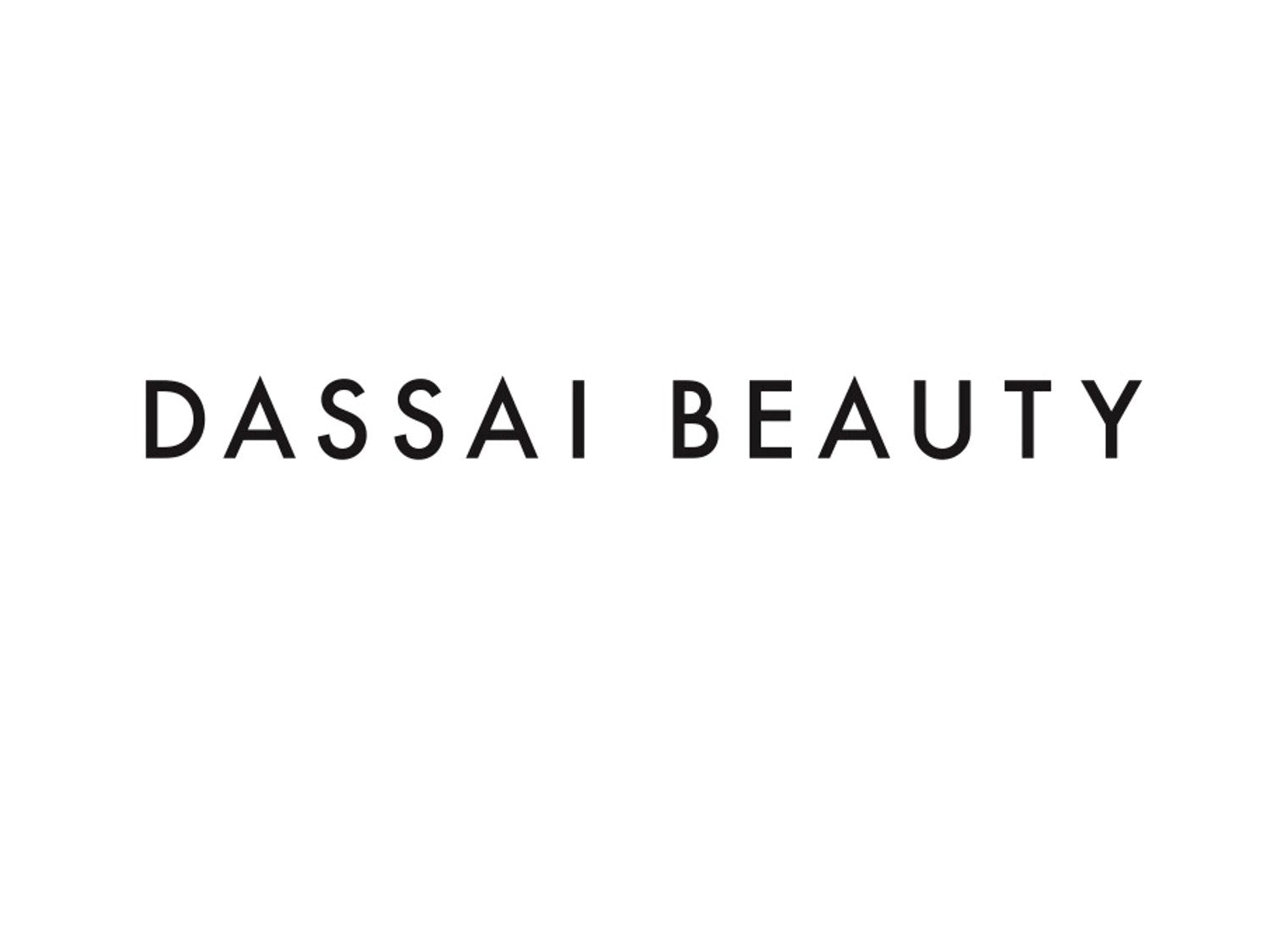Of course, to understand how a Japanese anti-aging skincare routine can benefit you, it’s important to understand the root causes of aging skin. In this blog, we’ll explain just what is going on underneath the surface of your skin that can cause age related changes like wrinkles and dark spots, followed by three skincare secrets that will elevate your Japanese anti-aging skincare routine.
What Are the Causes of Aging?
Have you ever wondered why infants and young children have such smooth, supple skin? The answer is in the rate at which new skin cells are created. In your epidermis, new skin cells are born at the bottom of your skin, gradually pushing their way up to the upper layers where they are finally shed as dead skin cells in a process known as “skin turnover”.
This skin turnover rate is your body's own anti-aging process, constantly refreshing your skin with new skin cells. For infants and young children, skin turnover rate is only 3-5 days, meaning they are constantly showing us a completely fresh new face. This skin turnover process peaks as you enter your 20s, slowing down, leaving dead skin cells behind on the surface of the skin. The skin then becomes thickened and disorganized, causing dullness, wrinkles, and blemishes.
What Happens to the Dermis With Age?
The dermis is the inner layer of your two main layers of skin, and it contains about 70% collagen. Collagen in the dermis is supported by elastin, along with hyaluronic acid that fills in the gaps in between cells. Collagen, elastin, and hyaluronic acid are the three most important components in retaining skin moisture, and are produced in cells called “fibroblasts”.
Once you enter into your 20s, the number of fibroblasts in your body begin to decrease, and their function starts to decline. The lack of collagen, elastin, and hyaluronic acid greatly affects the elasticity and firmness of the skin, so as these begin to decline, wrinkles start to carve deeper and deeper into the face. That means the key to any anti-aging product is in how it approaches nurturing and repairing the dermis to prevent the loss of collagen, elastin, and hyaluronic acid, or to promote their production.
Other Causes of Skin Aging
Of course, on top of the natural aging processes that occur in the body and on the skin, there are other factors that can increase signs of aging. UV rays, stress, lack of sleep, and improper skin care can cause skin turnover issues, with UV rays in particular being a main culprit in collagen loss.
Other factors range from the genetic, to lifestyle choices, and include, but are not limited to:
- Oxidation: The very act of breathing causes our cells to oxidize, as oxygen combines with substances in our body and active oxygen is generated. This causes oxidation, which you can essentially think of as your cells rusting, like oxidized metal. Excess oxidation can occur from processed or fried foods, alcohol consumption, smoking, or sun exposure.
- Glycation: Glycation is caused when sugar intake is high, as protein combines with excess carbohydrates found in sugar, causing advanced saccharification products to be produced. These saccharification products can cause lines that criss-cross over each other, usually seen on the cheeks and chin.
- Inflammation: Chronic inflammation will promote aging on the cellular level, damaging the DNA itself. This can limit the ability of tissues in the body to regenerate or repair themselves.
- Hormone imbalance: As women approach and go through menopause, the balance of their hormones will change. This is particularly significant as estrogen, the “skin hormone” often begins to decrease. Estrogen aids in preventing collagen loss and promoting the production of hyaluronic acid, so a decrease in estrogen due to hormonal changes can easily lead to signs of aging.
What Makes a Japanese Anti-Aging Skincare Routine Different From US Skincare Routines?
While many in the United States are familiar with washing their face to remove makeup at the end of the day, J-Beauty promotes “double cleansing”, a process in which the makeup is removed using an oil or makeup remover, followed by a face wash. It is vital to use a cleanser that hydrates as it cleanses, and that the skin is cleansed after removing makeup, in order to prepare the skin for the next steps in your J-Beauty skincare routine.
Another key difference in a Japanese anti-aging skincare routine is that friction is considered the enemy of the skin in J-Beauty. The outermost layer of the epidermis, known as the stratum corneum, is characterized by sensitivity and is highly susceptible to irritation. In J-Beauty, the use of harsh chemical peels, or intensive exfoliation, is never used. This helps to keep the stratum corneum intact and healthy, free from redness or dryness.
How Do I Determine the Right Products for My Japanese Anti-Aging Routine?
Aging skin may show signs of wrinkles, dullness, age spots, sagging, or loosening. You may wish to target your anti-aging skincare routine to only one or two of these issues, choosing firming products for loose, sagging skin, or anti-wrinkle products for fine, or deep, lines.
Unfortunately, most people are unable to narrow down their skincare concerns to a single problem. As discussed in this article, our skin cell turnover slows as we age, and our skin takes longer and longer to repair, leading to an accumulation of damage that can leave skin looking tired and worn. This slowdown of skin cell turnover is the main driving force behind most signs of aging.
So while it is possible to address skin problems with targeted products, at Shikō Beauty, we believe in focusing on improving the skin’s function itself. We select products that nurture the skin, improving skin cell turnover to promote healthy, youthful skin, from the inside out.
Secret One: Our Recommended Skincare Routine for Dry Skin
Secret two: Recommended Skincare Routine for Dull Skin, or Hyper Pigmentation
Ishii Clinic Beauty Labo Full App Serum
Lala Vie Brightening Gel Cream
Secret Three: Skincare Routine for Fine Lines
Seiso JBeauty Fuwafuwa Foam Cleanser
Ishii Clinic Beauty Labo Derma Fit Jelly
Lala Vie Advanced Rich Cream (if you have dry skin)
Japanese Anti-Aging Skincare Routine Philosophy
Rebuilding the skin from the ground up can take time. As skin cell turnover can take more than 28 days after you’ve entered your 20’s, it’s important to try new products for at least 1 to 2 months in order to see tangible effects on your skin.
At Shikō Beauty, all of our skincare sets and products are selected not only to target specific issues like fine lines or dryness, but also to help repair the skin barrier and aid the body in the production of collagen, hyaluronic acid, and elastin, soothing the dermis and encouraging skin cell turnover. By adopting a minimalist approach that focuses on your skin’s health and well being, rather than just targeting the visible symptoms of aging skin, your skin can reveal its own beautiful youthful softness and glow, simply, and naturally.


